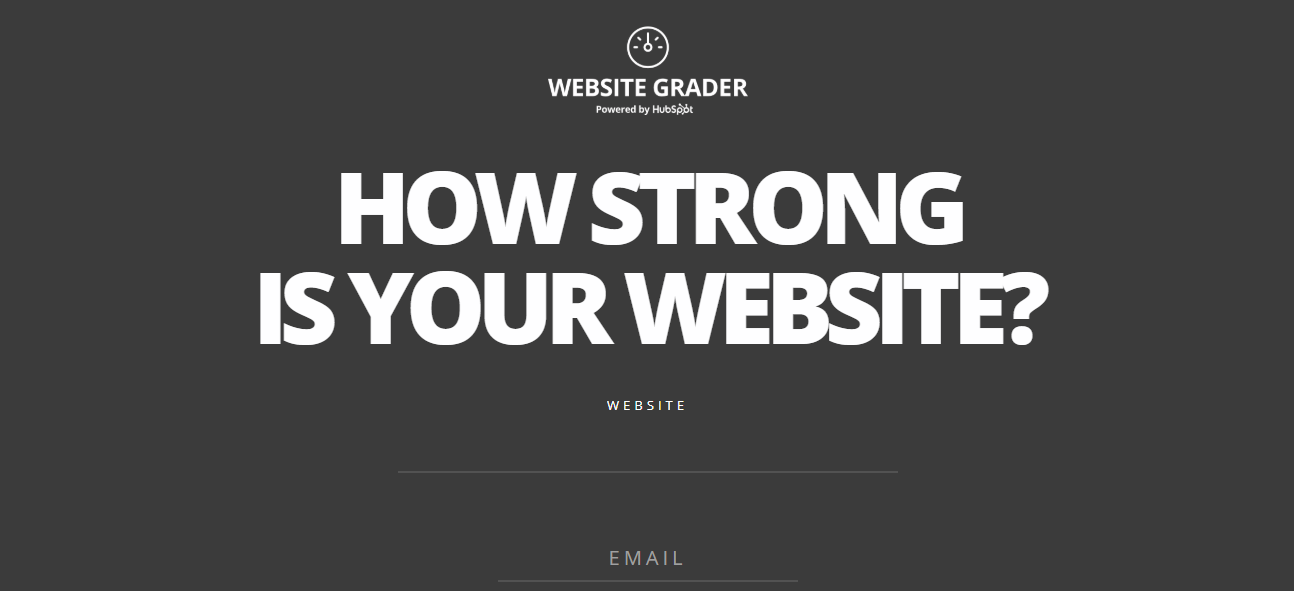You’ve bought a domain name, paid for hosting, been through multiple rounds of design, and the code is ready to go. Ready to launch your site? Maybe—but here are 9 things you might be missing.
Favicon
This 16×16 pixel “favorites icon” appears next to your site’s title on most tabbed browsers, as well as in bookmarks. Favicons are becoming increasingly important with more and more browsers implementing “pin tabs” features—the ability to “pin” a frequently accessed tab to the tab bar, minimizing it so it can only be identified by its favicon; Firefox recently joined Chrome in including this feature. Similar to the favicon is the Apple Touch Icon; initially implemented for the iPod Touch and iPhone 3G, it’s since been adopted by Android and Nokia. However, to cater to the full range of devices that support it, you’ll need four different sized images, each with specific naming conventions. If you want to go all out, you can even add a Apple Touch Startup Image, which Apple devices will display as the site launches.
Google Analytics
Google’s widely used analytics tool helps you track a wide range of useful information to gauge your site’s return on investment: advertising effectiveness, click-through rate, sales conversions, revenue sources, and even effective keywords. It also features information sure to make your developers happier—notably browser and platform statistics. Used by 57% of the 10,000 most popular websites, it’s an excellent service, free and takes only a few minutes to set up. It’s especially important for e-commerce sites, or companies running social media or online marketing campaigns.
Google Webmaster Tools
For sites that require more control, consider registering your site with Google Webmaster Tools, which allows you to submit sitemaps for your site, access information about how your site is crawled by Google (for example, how it interprets your robots.txt file), URL crawling errors, words in links in your site, what searches are related to your site, establishing a canonical URL, and even remove older, cached copies from Google search results.
Server configuration
Basic server configuration can speed up page load time significantly: for example, using mod_deflate or mod_gzip on an Apache server will serve up content significantly quicker, making for a smoother and happier user experience. Built scripts, such as the one that comes with the HTML5 Boilerplate, automatically concatenate and minify JavaScript and CSS and optimize images, speeding up your page load time even further. If you’re unable to use tools like these on your server, consider merging and minifying your JavaScript and CSS anyways, perhaps using a tool like the YUI Compressor; this will minimize HTTP requests, which can be a significant barrier to site performance.
Redirection
It’s important to ensure that you don’t lose traffic from visitors following broken links to your old site. Installing a simple WordPress plugin allows you to redirect links from old pages to new ones, making sure users are redirected to what they were looking for.
404 Page
Similarly, it’s important to have a 404 page that follows best practices, to ensure that visitors don’t simply give up on what they were looking for on your site. Having a 404 page at all, rather than your server’s default message, is the first step; the 404 page should follow the same brand guidelines as the rest of the site; it should clearly state the error (“Error 404: Page Not Found”) and should provide a simple explanation (my default: “Sorry, but the page you are trying to view does not exist. This may be the result of an out-of-date link or a mistyped address”). Your 404 page should also provide the option to search, return home, and any other relevant links. Finally, track your 404’s in Google Analytics; you may be able to redirect a large percentage of users to the page they’re looking for.
Meta tags
Meta tags aren’t limited to keywords anymore (which are, in fact, no longer used by Google); your site’s search engine rankings will likely benefit from tags such as author, description (one of the few Google does index), and copyright, as well as the Dublin Core suite of meta tags. Less well-known meta tags like Cleartype, X-UA-Compatible, MobileOptimized, and Viewport will also play a significant role in the user experience, controlling everything from font rendering to mobile browsers. Apple also has its own series of meta tags to improve the UX of web apps.
Browser testing
If you’re working with a good developer, there shouldn’t be dramatic differences in the site’s layout between browsers, even as far back as IE 7. However, it’s important to ensure that any newer features (for example, CSS3 or jQuery effects) you’re using degrade gracefully in older browsers. This may mean using tools like CSS3PIE, or proprietary Microsoft “filters”, to imitate CSS3 decorations like drop shadows and gradients. If you’re using more advanced features, like CSS3 layouts, you may need to use Modernizr, a feature-detection JavaScript library, to conditionally load JavaScript plugins that imitate unsupported CSS: for example, using CSS3 columns will likely require falling back on jQuery Masonry in older browsers.
Mobile testing
With mobile browsing now accounting for over 6% of all web traffic, it’s important to do at least some rudimentary mobile testing: even if your site’s look can’t be replicated in a phone, it’s important to make information accessible. The difficulty of predicting how your site will look on a phone is compounded by an enormous and hugely varied mobile browser landscape; while it’s likely impossible to do a full course of mobile testing, it’s good to at least test your site on an iPhone, iPad, BlackBerry, and Android.
